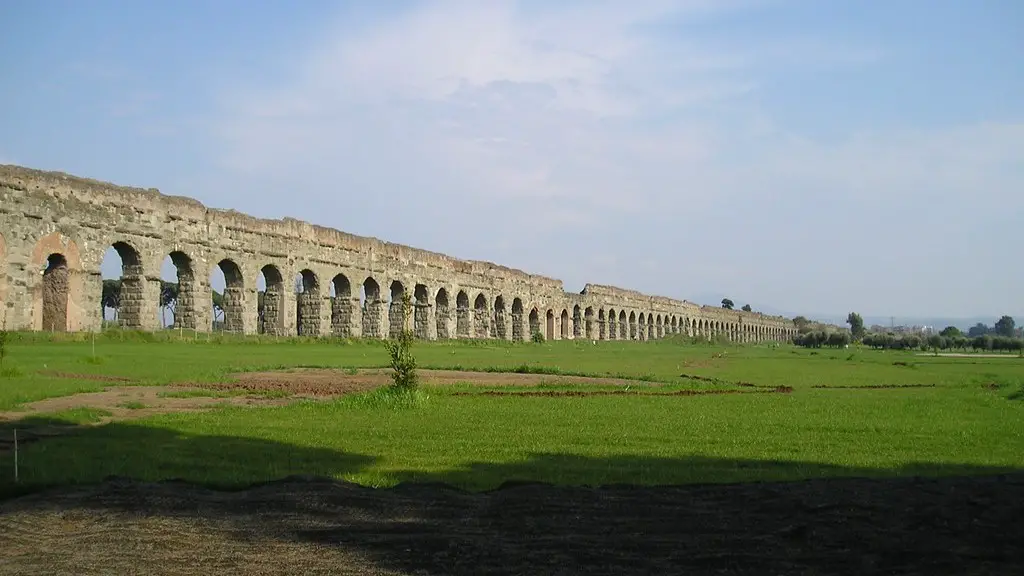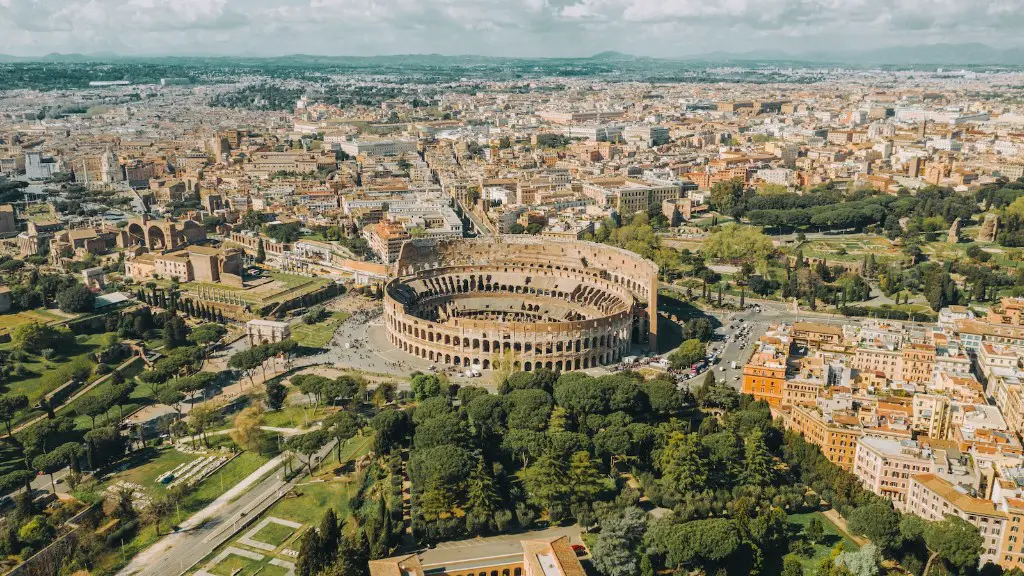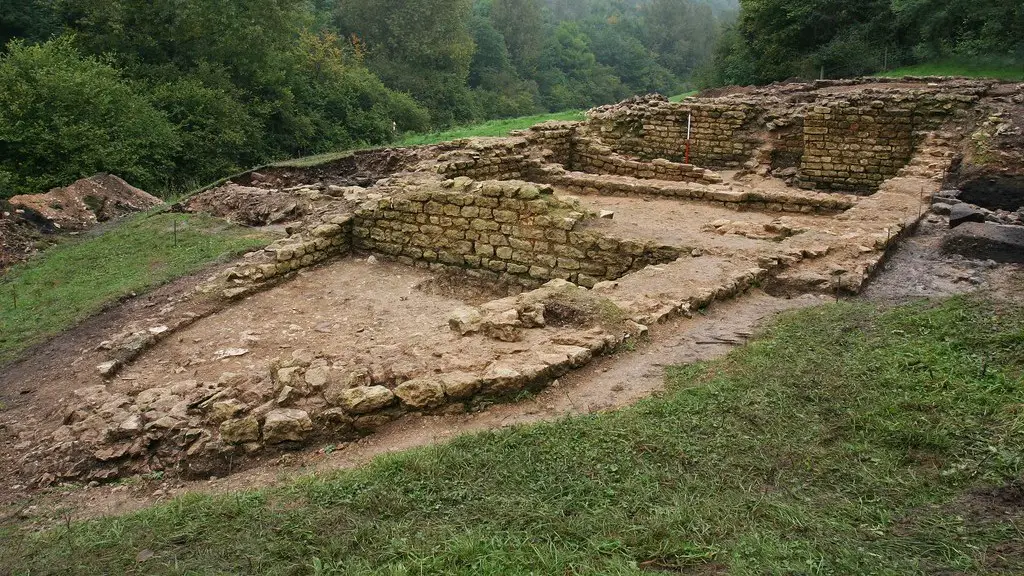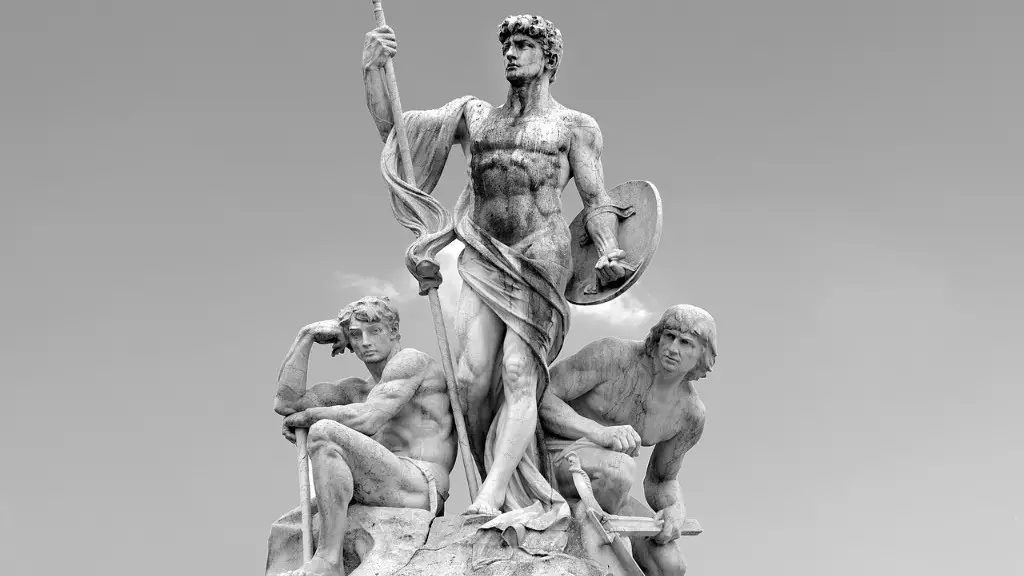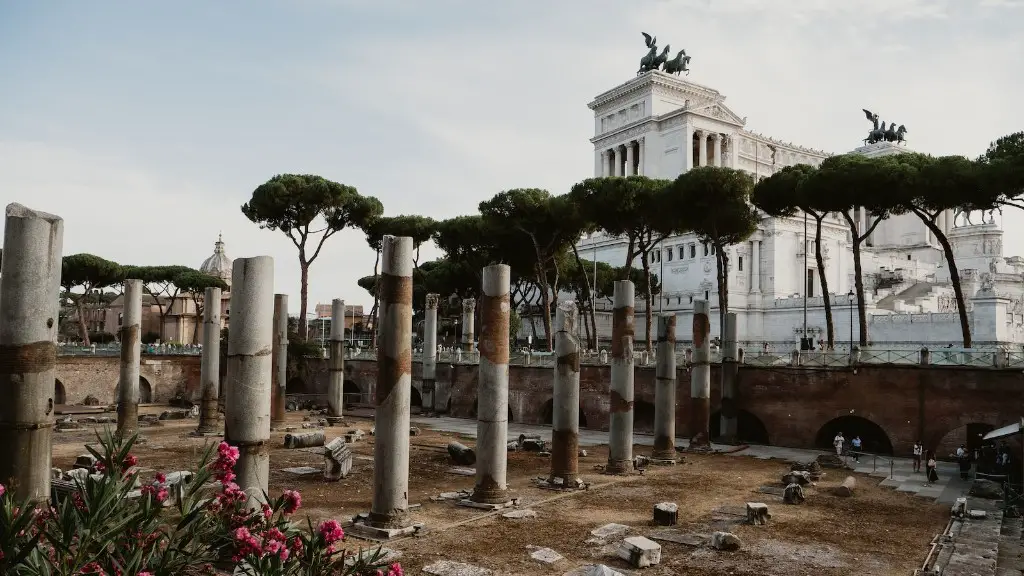History
Amphitheatres form an integral part of the ancient Roman drama. Dating back to 3rd century BC, the concept of is believed to have been introduced by the Romans in the form of circuses to provide entertainment to the citizens of Rome. It was in Rome where this concept was improved and developed into large, freestanding structures that could house a large number of people. Different amphitheatres were constructed throughout the Roman Empire, and they played an important role in entertainment and Roman culture.
The amphitheatres were initially constructed as private structures to accommodate large crowds, providing the citizens of Rome with an opportunity to watch popular events such as gladiator fights and the mythical staged fights between Roman gods. Famous examples of these structures are the Colosseum in Rome, the Forum in Pompeii, and the Arena in Verona.
Construction
In general, the amphitheatres were constructed in a semi-circular or oval shape. The size of the amphitheatres varied depending on the complexity of the design, but typically the structure was large enough to accommodate anywhere from 1,000 to 15,000 spectators. The other significant element of the amphitheatre was the arena, or fighting arena, which was usually smaller than the circumference of the amphitheatre and separated from the audience by a low wall.
In order to provide comfort to the guests while they watched the events, the seating arrangements of the amphitheatres were designed to provide the spectators with the best view possible, according to their social and political standing. The amphitheatres could also be divided into separate sections, depending on the type of spectators attending.
The construction of amphitheatres not only provided the city of Rome with entertainment, but also served to demonstrate the power and might of the Roman Empire.
Events
The amphitheatres were usually used for hosting gladiator fights, where two combatants were pitted against one another in a battle to the death. Other public events such as public executions, chariot racing and even public spectacles of wild animals, were also organised and held in the amphitheatres.
The amphitheatres also became a popular venue for art performances and religious festivals. Crowds would gather here to watch the performances of popular artists, actors, and musicians, while ceremonies and rituals to honour the gods were also performed.
The popularity of the amphitheatres began to decline in the 5th century AD, when the Christian empire took over. The new government saw these structures as immoral, and the amphitheatres began to be used for other reasons such as housing and cattle shelter, before falling into disrepair in the Middle Ages.
Influence
The influence of the amphitheatres can still be felt today, from grand stadiums dedicated to sports and entertainment, to intimate theatres that honour the performers and celebrate their art. The traditions of the amphitheatres are also still deeply embedded in the culture and the minds of the people, and the concept of entertainment is something which has been passed down through generations.
The popularity of the amphitheatres has also been immortalised in the form of art and literature, providing us with a peek into the world of entertainment and spectacle which the Romans lived in.
Archaeology
In recent times, archaeologists have made it their mission to uncover and explore the ancient amphitheatres. They have been able to discover much about the structure and construction of these arenas, as well as uncovering many artefacts and remains which provide scholars with a wealth of knowledge about the lifestyles of people in ancient Rome.
The archaeological projects have also unveiled much about the social and political environment of the time, providing us with a glimpse into the trials and tribulations of everyday life in the Roman Empire.
Modern Adaptations
In modern times, the design and construction of amphitheatres has been adapted and integrated into many modern structures, such as stadiums and theatres. Though the rigid shape and design of the ancient amphitheatres have been modified to fit in with modern needs and requirements, the structure still remains an integral part of many popular venues.
The modern amphitheatres allow us the opportunity to connect with our lost heritage, while still providing us with the necessary amenities to accommodate large numbers of people in a safe and secure environment.
Cultural Significance
The amphitheatres of ancient Rome are still considered to be a cultural monument. Many popular cities and towns in Italy still bear the name of these ancient structures, and the Colosseum in Rome is a popular tourist attraction which receives millions of visitors each year.
The amphitheatres are still considered to be a symbol of the Roman Empire, and the grandeur and scale of these structures still evoke feelings of awe and admiration from people all over the world.
Legacy
The concept of amphitheatres has been an integral part of Roman entertainment for centuries, and the impact and influence of these structures can still be seen and felt today. From the construction and design of modern theatres and stadiums, to the passion and excitement experienced by spectators, the amphitheatres have left a lasting impression on the cultural landscape of the world.
The amphitheatres of ancient Rome have truly left a lasting legacy, and many generations after them have been inspired to replicate the grandeur and spectacle of these structures, ensuring that the spirit and culture of the Roman Empire lives on.
